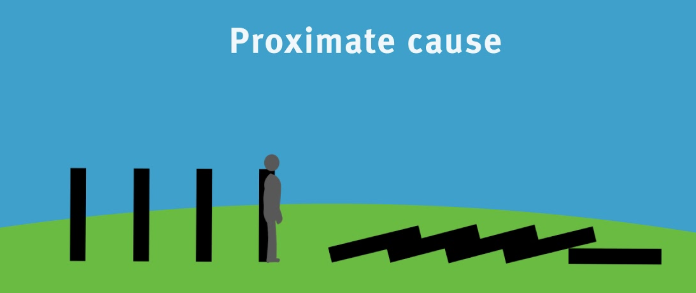Didactic Method – Use it Sparingly
While the didactic method can be an effective way to transmit knowledge from teacher to student, it is important to use this approach sparingly. Overreliance on the didactic method can lead to disengaged students, a lack of critical thinking, and a failure to build problem-solving skills.
Here are some reasons why the didactic method should be used sparingly:
- Limited engagement: When students are simply listening to a lecture or reading information from a textbook, they may not be actively engaged in the learning process. This can lead to boredom and a lack of interest in the subject matter.
- Limited critical thinking: The didactic method often focuses on the transmission of information, rather than the development of critical thinking skills. This can lead to students memorizing information without truly understanding it.
- Limited problem-solving skills: When students are not actively engaged in the learning process, they may not have the opportunity to develop problem-solving skills. This can be a significant disadvantage when it comes to real-world application of knowledge.
Despite these limitations, the didactic method can still be effective when used sparingly. Here are some tips for using the didactic method in a limited capacity:
- Use it for foundational knowledge: As we discussed in a previous article, the didactic method can be effective for teaching foundational knowledge. This can help to establish a strong foundation upon which more advanced learning can be built.
- Combine with other approaches: To keep students engaged and encourage critical thinking, it can be helpful to combine the didactic method with other approaches such as group work, hands-on activities, and problem-solving exercises.
- Focus on real-world application: When using the didactic method, it is important to focus on real-world application of knowledge. This can help to reinforce the relevance of the subject matter and encourage students to develop problem-solving skills.
In Summary
The didactic method should be used sparingly to avoid disengaged students, a lack of critical thinking, and limited problem-solving skills. By combining with other approaches and focusing on real-world application, teachers can use the didactic method effectively in a limited capacity.
#infobymattcole
 You can check out Matt’s LinkedIn account, Youtube Channel, or Podcast.
You can check out Matt’s LinkedIn account, Youtube Channel, or Podcast.Introducing my new books, ‘The Art of Critical Thinking’ and ‘The Critical Thinking Model’. Both can be read for free with Kindle Unlimited or $2.99 each via Kindle.




One Comment
Comments are closed.